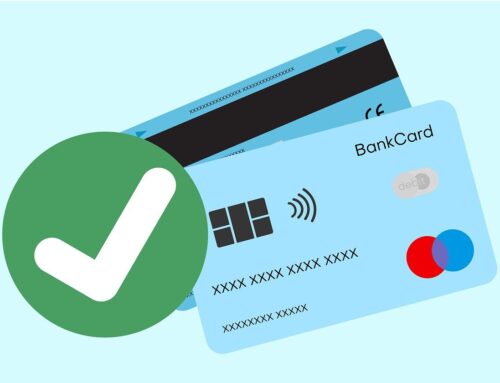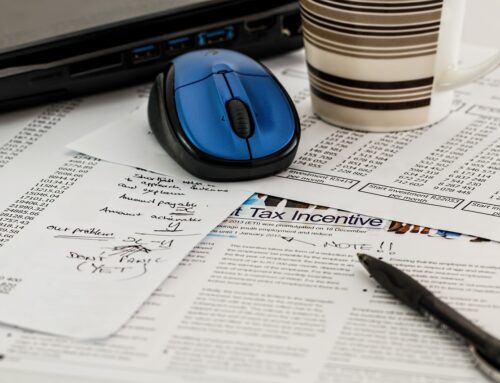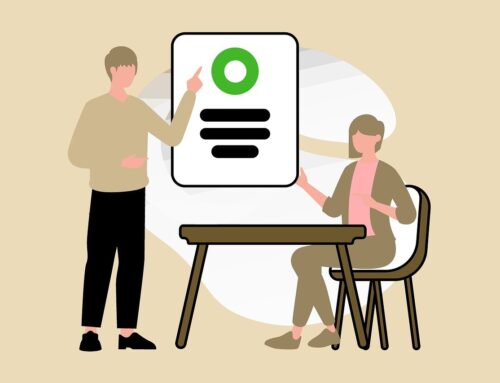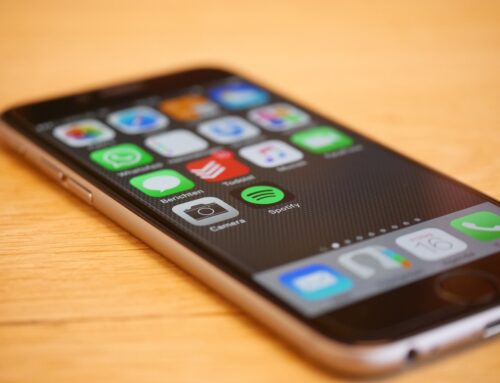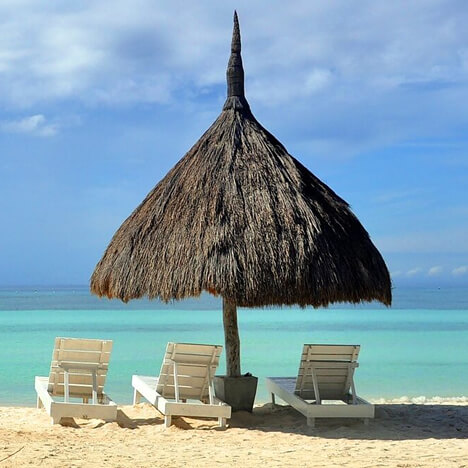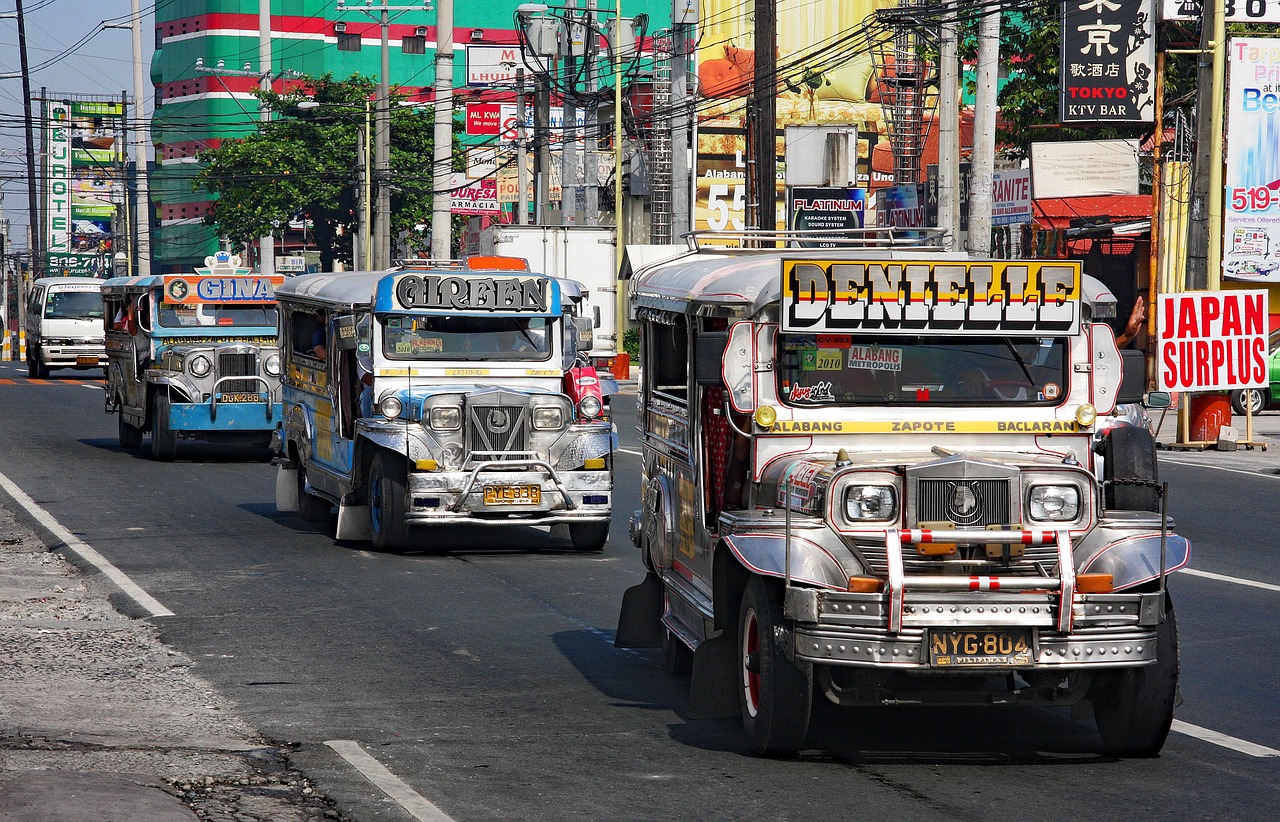
Public Transportation Hacks: Getting Around the Philippines on a Budget
The Philippines is full of amazing islands, smiling locals, and tropical adventures—and luckily, it’s easy to get around without blowing your budget. Public transportation here might seem confusing at first, but with a few insider tips, you’ll be moving like a local in no time.
Let’s break it down by ride…
Jeepney Jamboree: Riding the Philippines’ Most Iconic Ride
Jeepneys are loud, colorful, and full of personality. They’re also one of the cheapest ways to get around. But if you’ve never ridden one, here’s how to handle it:
How to Pay
Ask the fare by saying “Magkano po ang pasahe?”
Have coins or small bills ready—don’t hand the driver a big bill.
How to Get Off
Say “Para po!” clearly so the driver knows where you want to stop.
Listen for a quick “Oo!” or a nod—then get ready to hop out.
What to Expect
The jeepney won’t move until it’s full, so be patient.
You might squeeze in with strangers—just go with the flow.
Pro Tip: Hold on tight! Jeepneys can move fast and make sharp turns. But that’s all part of the fun.
FX Vans: Budget Rides Between Cities
FX vans (also called UV Express) are shared vans that connect cities and major towns. They’re a popular upgrade from jeepneys for longer trips.
Where to Find One
Look for FX terminals or flag them down along busy roads.
You’ll see destination signs in the front window.
How to Pay
Ask “Magkano po papuntang [your stop]?” before getting in.
Prices are usually set, but it doesn’t hurt to ask politely.
What to Expect
Seats fill fast—first come, first served. You’ll sit shoulder-to-shoulder with other passengers.
If the van isn’t full yet, the driver might wait a few minutes before heading out.
Pro Tip: Learn a few Tagalog greetings like “Magandang araw po” (Good day). It helps!
Bus Bonanza: Going the Distance in Comfort
If you’re traveling longer distances, buses are your best bet. They’re cheap, reliable, and more comfortable than jeepneys or FX vans.
Choose Your Style
Ordinary buses: cheaper, no A/C, and may be crowded.
Air-conditioned buses: a little more expensive, but a much smoother ride.
Buy Early
For busy routes or holidays, buy your ticket at the terminal in advance. You’ll avoid standing in long lines or missing your ride.
Getting On the Right Bus
Look for route signs or ask a staff member to make sure you’re in the right line.
Don’t be shy—Filipinos are happy to help.
Handling Your Bags
Most buses have storage underneath. If not, ask where you can stash your stuff. Keep valuables with you just in case.
Pro Tip: Bring water, snacks, and something to watch or listen to—some trips can be long.
Conquering the Concrete Jungle: Taxis, Apps, and Getting Around Big Cities
Jeepneys and buses are great for long rides, but once you’re in big cities like Metro Manila, Cebu, or Angeles City, things change. Here’s how to move smartly through the hustle and bustle.
Taxis: Watch That Meter
Yes, taxis are everywhere—but not all drivers play fair. Always ask to use the meter (“Meter lang po, please”). If a driver insists on a flat fare, it’s okay to politely walk away and flag down another cab.
Ride-Hailing Apps: Grab to the Rescue
Grab is the go-to app in the Philippines for private rides. It’s reliable, safe, and shows you the price before you confirm. It’s also great if you don’t want to worry about cash.
But here’s the catch:
Surge pricing happens during busy hours or rainstorms. If prices spike, wait a few minutes or check again later.
Grab Tricks in Some Cities
In places like Cebu or Angeles, some Grab drivers might suggest a fixed fare off the app. Just smile and say no thanks—stick to the app-based fare and report the issue if needed.
Traffic is Real
Metro Manila and Cebu are famous for gridlock. Always add extra time to your trip, especially if you’re headed to the airport or a timed event.
Tricycle Triumphs: Mastering Short Trips Like a Local
Tricycles are one of the most Filipino ways to get around. They’re great for short hops within towns, especially where jeepneys or taxis don’t go.
How to Ride Right
Ask the fare upfront with “Magkano po papunta sa [place]?”
Fares are usually negotiable—just be polite and friendly when haggling.
Let the driver know where to stop by saying “Para po!”
They’ll confirm with a nod or a “Sige po!” so you know they heard you.
Expect to Wait
Some tricycles wait to fill up with more passengers before leaving. If you’re in a hurry, ask for a “special trip” (private ride) for a slightly higher fare.
Pro Tip: A little Tagalog goes a long way. Even just saying “Mabuhay po!” (Hello) or “Salamat po” (Thank you) can brighten someone’s day.

